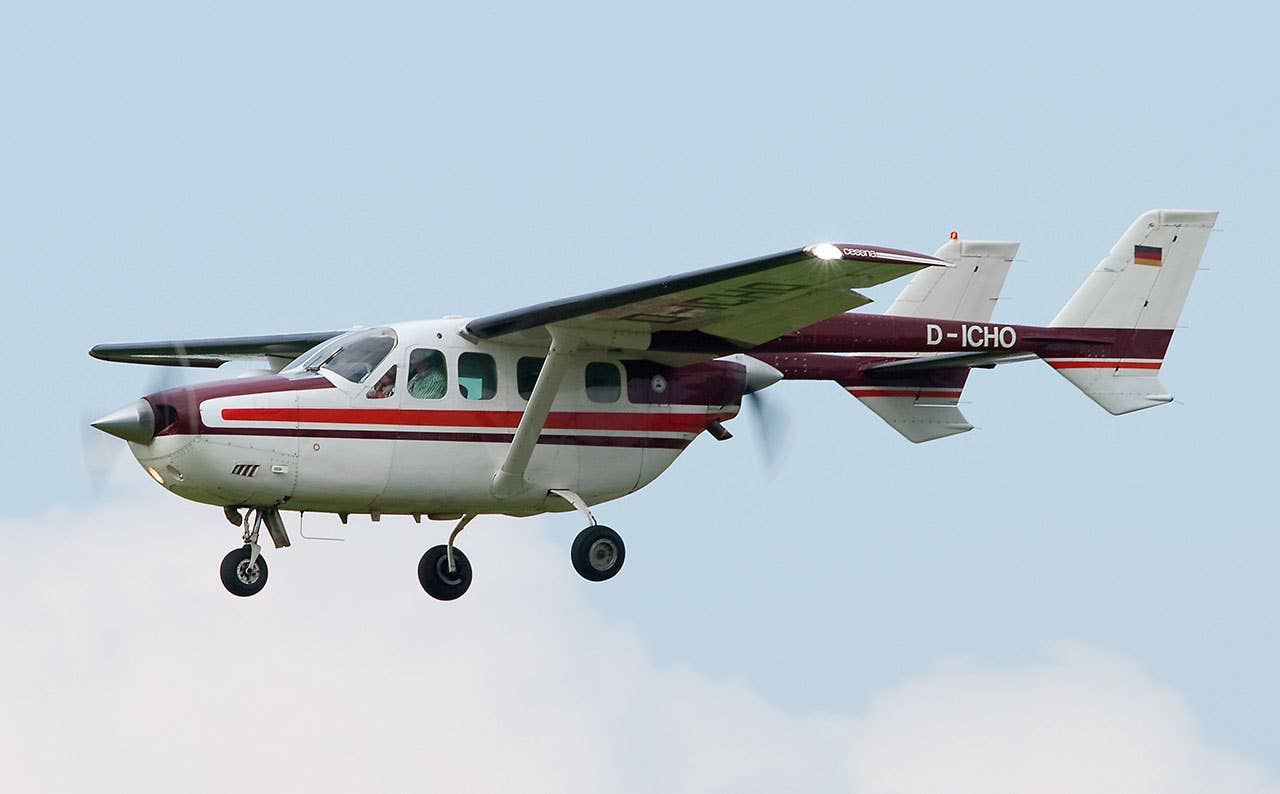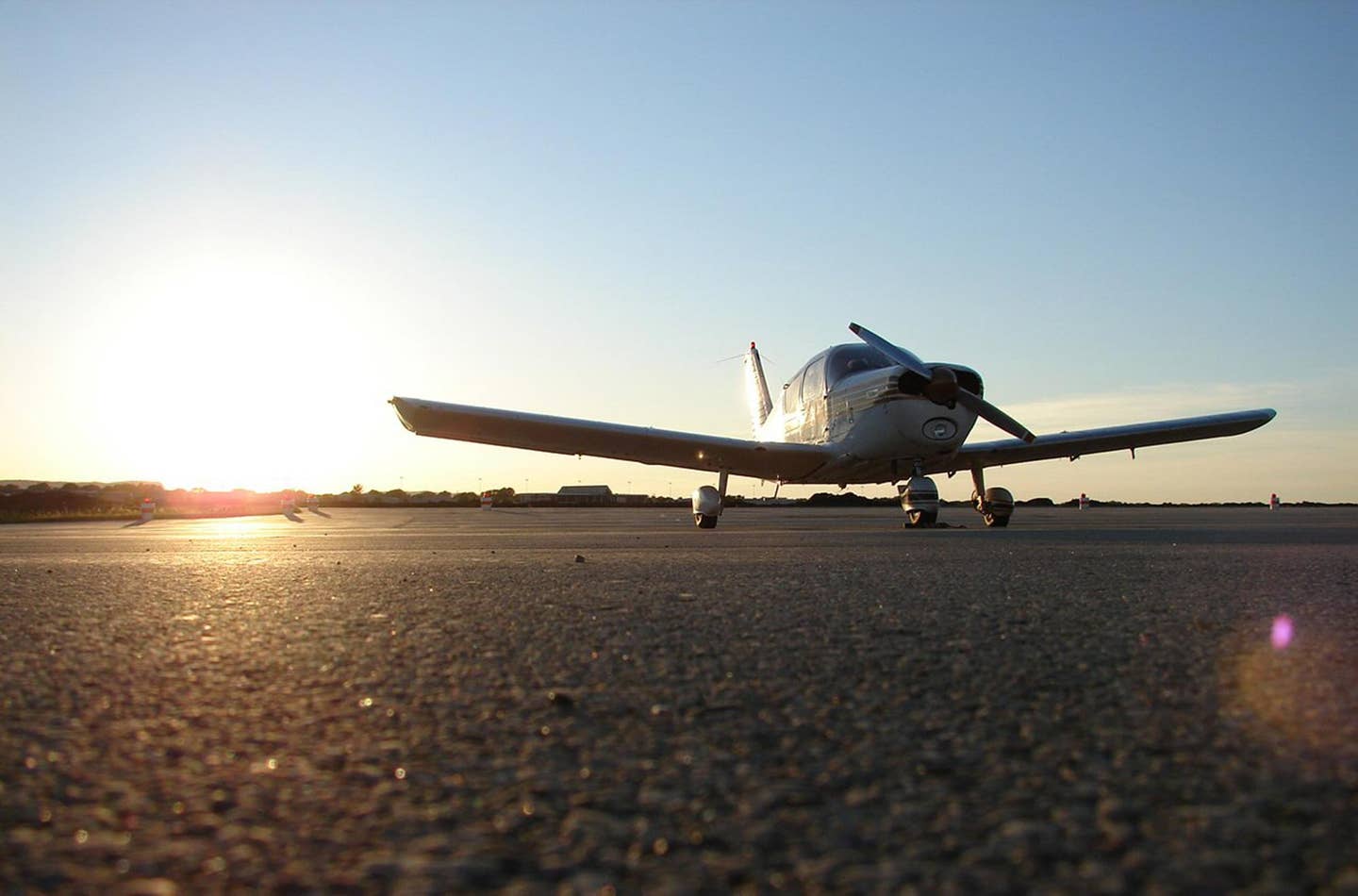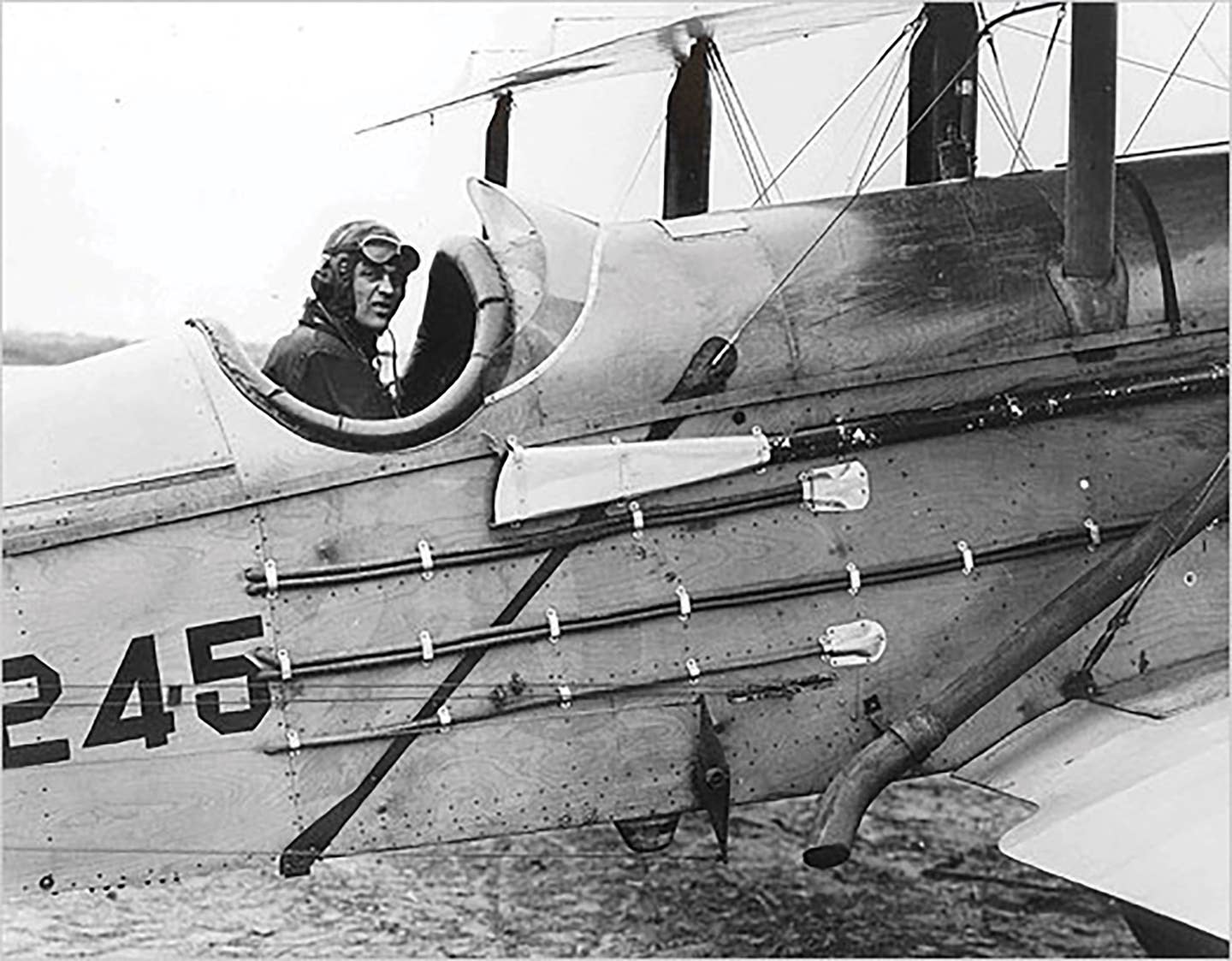Cessna 337
By the 1960s, it was clear that twins were problematic. The whole theory behind the safety claims that manufacturers put forward was that in the case of an engine failure,…

Photo by bomberpilot via Wikipedia Commons
By the 1960s, it was clear that twins were problematic. The whole theory behind the safety claims that manufacturers put forward was that in the case of an engine failure, you could still fly on with the remaining good engine. That was a best-case scenario. While we don't know how many hundreds or thousands of engine failures never got reported, seeing there was no accident to prompt such a report, we do, unfortunately, know that there were a lot of loss-of-control accidents from twins losing an engine and the pilot losing control of the airplane. The most common scenario for this kind of accident was when an engine failed at the most inopportune time, right after takeoff, when the plane was slow and risk of loss of control was great. These crashes still happen, of course, though better training, improved design---including the use of counterrotating engines---and the dominance of single-engine models in light GA have decreased that number substantially.
But in the 1960s, Cessna, which manufactured many twin-engine models, including its uber-popular Cessna 310, was well aware of the problem and decided to do something about it. That something was a new twin-engine model with both engines, one a conventional tractor engine on the front and the other, a pusher, on the back, providing thrust directly on the centerline, so there was no asymmetrical thrust from the one remaining engine, so there was, therefore, no critical engine-out climb speed. Everything is easier and safer, at least in theory.
The 337 started life in 1961 as the Skymaster 336, a lower-powered, fixed-gear model. Before long, the original version went away, and the retractable-gear version became the sole Skymaster. At one point, it got turbocharged engines, and Cessna even produced a pressurized version of it---more than 400 of the P-models were built.
And there were issues, including accidents from the rear engine shutting down before takeoff (and the pilot not noticing), and the noise it makes is, let's just say, less than pleasant.
Still, Cessna built nearly 3,000 of them during the nearly 20 years it was produced, including several hundred for the military, which designated it the O-2. All of them were ungainly looking, though they did look much better in flight than on the ground or in the pattern, when its spindly gear was tucked up and the gangly appearance made more presentable despite its too-many-engine and too-many-tails appearance.

Subscribe to Our Newsletter
Get the latest Plane & Pilot Magazine stories delivered directly to your inbox






